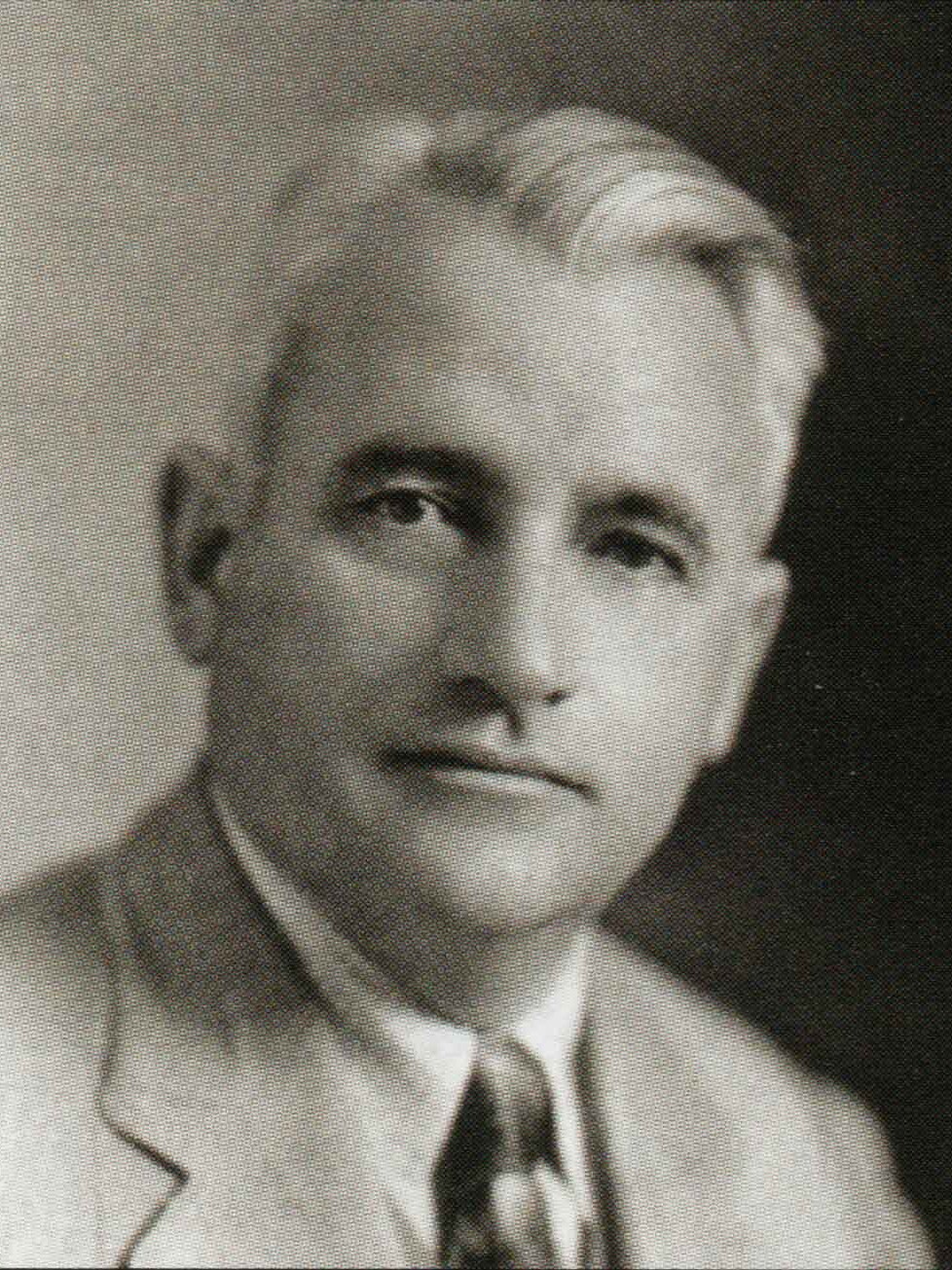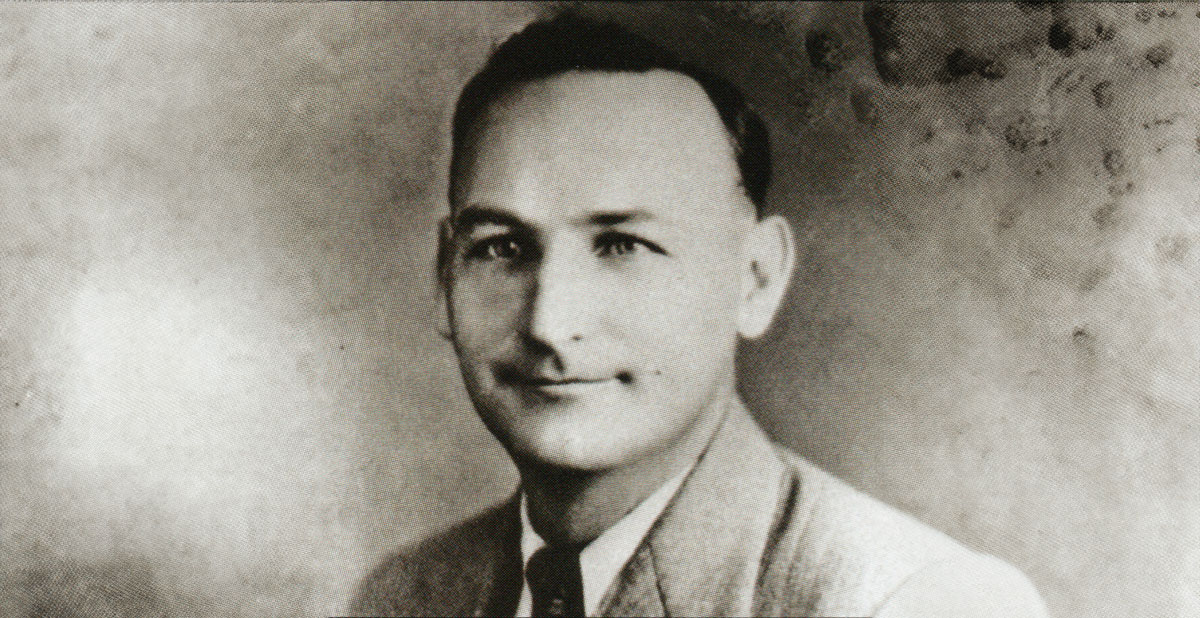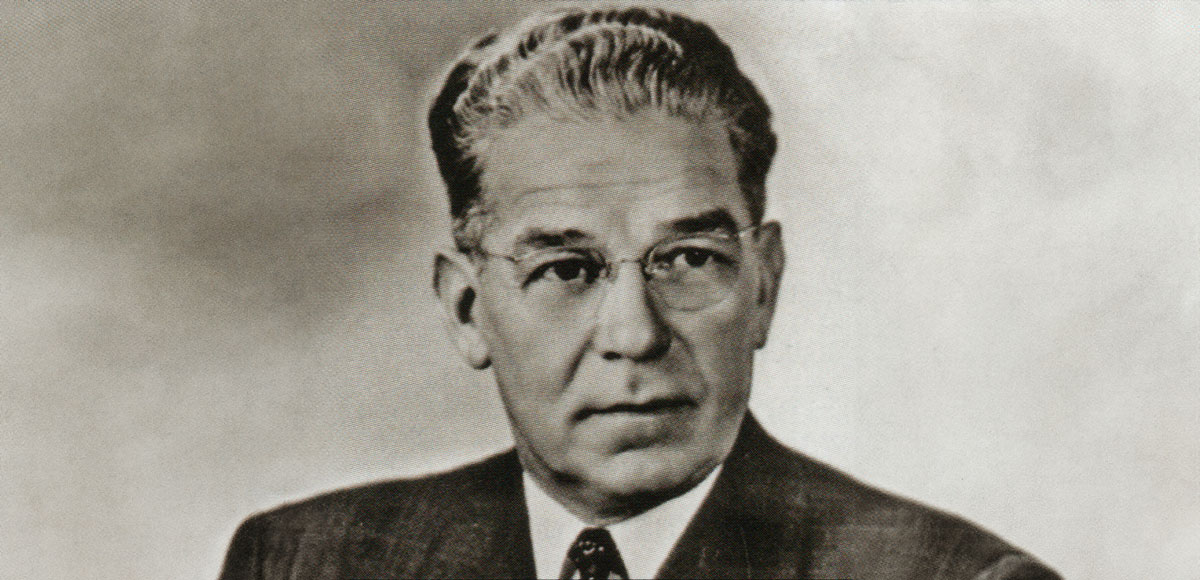Ernest Wells Dort was born on February 12, 1888, in Kansas. In 1909, he moved to San Diego and worked as a salesman for Klauber-Wangenheim Company, wholesale grocers.
When World War I broke out, he was in the automobile business but disposed of that business and enlisted in the Navy as an Ensign.
Dort remembered that in 1917, the U.S.S. Paul Jones came to San Diego. The skipper, Lt. Robert Gross, invited the Commodore of the San Diego Yacht Club (George Leovy) and several of the Club’s “leading lights” to visit the ship to discuss the formation of a naval reserve. On arriving aboard ship, the ship’s surgeon asked who’s first for their physical examination. After answering “Have you ever been sick” with “No”, Dort was handed a signed health record and named an Ensign, for duty in harbor waters adjacent to San Diego only. Later, the phone rang and Commodore Leovy (now Lt. Leovy, U.S.N.R.F.) called him to report to the Yacht Club for “active duty”. Sometime later he was sent out unarmed in a wooden motorboat to hunt for an enemy submarine reported by a Ft. Rosecrans soldier. At one point nearly ramming a U.S. Navy tug that was also running without lights, searching for the same submarine, he and his crew wound up searching all night for whatever the soldier thought he saw. Shortly thereafter, he and his fellow “recruits” from the Club were asked to sign up for “general service” and sent to various Navy ships.
When he was discharged at the end of the War, he was a Lieutenant and commanding officer aboard the U.S.S. Farragut.
During the war, he had command of a destroyer in Central and South America, worked with the Navy’s Intelligence division, and was cited as one the key men in cleaning out an enemy secret service next in Managua.
He remained active with the Navy as a Commander in the California naval militia, and a Lieutenant Commander in the U.S. Naval Reserve. He also served a term as Commodore of the San Diego Yacht Club, and while portmaster was frequently called upon to adjust compasses for ships of the fishing fleet and other commercial craft – work at which he was rated an expert.
He served 12 years as San Diego’s postmaster, before running for Sheriff.
In Dort’s own campaign words, “The office and staff of sheriff is not a police station, with a force of policemen. It must be a highly specialized, efficient organization composed of men who are aces in their particular departments. It must be a smoothly functioning machine, successfully guarding the peace, life and property of the citizens of the county.”
In 1935, he was elected Sheriff of San Diego County. A year after his election, he said, “When I was elected, I checked the record of every man on the force, and kept those whose records were good. I have found I can rely on them. That is why I have always liked to see them get the credit that is due to them for the good work they do.” At the time, the Sheriff’s Office was organized into three main divisions, each headed by a Captain, with an Under-Sheriff, George H. Brereton. The Jail division was headed by Bert Strand, who would succeed Dort as the next Sheriff.
In September 1936, the San Diego Union-Tribune proudly reported that the Sheriff’s Office had amassed a total of 5,700 fingerprints and photographs.
In June 1937, a newspaper reporter announced, “I’ve been playing slot machines in San Diego county and one of ‘em was a two-bit one; and you’ll never find ‘em.” – poking fun at Sheriff Dort. The Sheriff recalled that the reporter was an ardent fisherman and set out to “show up the wise guy”. The next day, Sheriff Dort and Deputy Hank Adams went to Point Loma and determined with a pelorus that the gambling barge was anchored only 1.7 miles from shore – well within the three-mile limit.
Deputy Adams and Deputy Blake Mason (“Blackie”) joined a fishing party in a water taxi out to the barge, walked into the barge’s dining room and found four slot machines. They broke up the machines and hauled the machines back in the water taxi. Mason looked around the fishing party and said to Adams, “Say, Hank, we’ve got the biggest catch of any of the fishermen and we were only out for a couple of minutes.”
Sheriff Dort was active in the Masons and helped organize the John D. Spreckels Masonic lodge and was its first Master. He was a member of the Shrine, Scottish Rite, Royal Arch, and the Sciots.
He also served as president of the San Diego County Peace Officers association.
After four months of ill health, Sheriff Dort died of pneumonia on August 14, 1941. He was survived by his wife, Helen Rose Dort, a son, John ‘Jack’ Duncan Dort, and a daughter, Dorothy May Dort.




